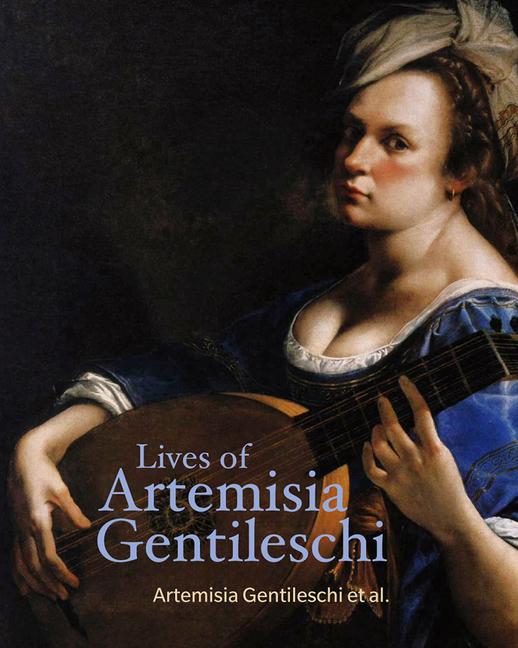Artemisia Gentileschi (1593-1653) was an Italian painter and the most ambitious and influential female painter of her time. She spread the Caravaggesque style throughout Italy and expanded the narrow possibilities for female artists. Artemisia was taught to paint by her father, Orazio Gentileschi, who painted directly on the canvas and used live models. Her paint-handling in her early works reflects her father's influence, yet she also departed from him by choosing to paint tense, dramatic narratives starring female heroines. In 1612, Artemisia left Rome for Florence, after taking part in a trial against her art teacher, Agostino Tassi, who allegedly raped her. Shortly after, she painted her interpretation of Caravaggio's Judith Beheading Holofernes, taking a more arresting and gruesome approach to the subject than was common at the time. In the 1620s, Artemisia was living again in Rome, making brief trips to Genoa and Venice and continuing to paint narrative paintings as well as female nudes, a subject shied away from by other female artists of the period. In 1630, Artemisia had moved to Naples where her style became less Caravaggesque and her themes turned to more conventional religious subjects. In 1638 Artemisia moved to London to care for her ailing father. From then on, her work was less frequent and poorly documented. < p/> Orazio Gentileschi (1563-1639) was an Italian painter influenced by the younger artist, Caravaggio, although Gentileschi's work is characterized by a refinement and grace not seen in works by Caravaggio. Gentileschi was the son of a Florentine goldsmith, Giovanni Battista di Bartolomeo Lomi. He was proud of his father's Florentine origins and seems to have studied in Florence before moving to Rome. He thrived as a court painter and in the employ of nobility in Genoa, Paris, and London. He taught his daughter, Artemisia, to paint. < p/> Cristofano Bronzini was an Italian author who wrote On the Dignity and Nobility of Women (1622). < p/> Sir Thé odore Turquet de Mayerne (1573-1655) was a famed Swiss physician, chemist, and writer whose patients included royalty and courtiers. He was friends with a number of artists and wrote a manuscript about the media and techniques of contemporary artists that included contributions from Rubens, van Dyck, and others. < p/> Filippo Baldinucci (1625-1697) was an Italian businessman, art historian, and collector. He is considered one of the most significant Florentine art biographers of the Baroque period. < p/> Sheila Barker is the founding director of the Jane Fortune Research Program on Women Artists.











